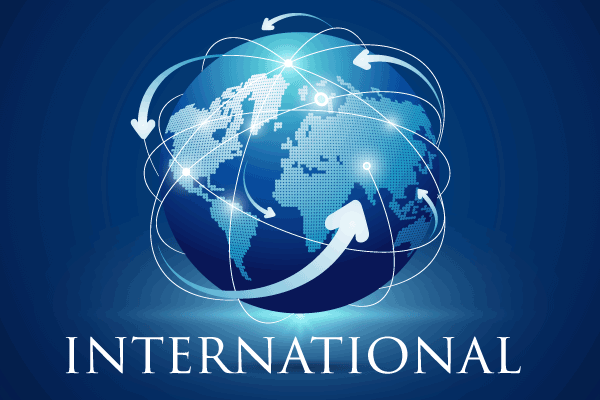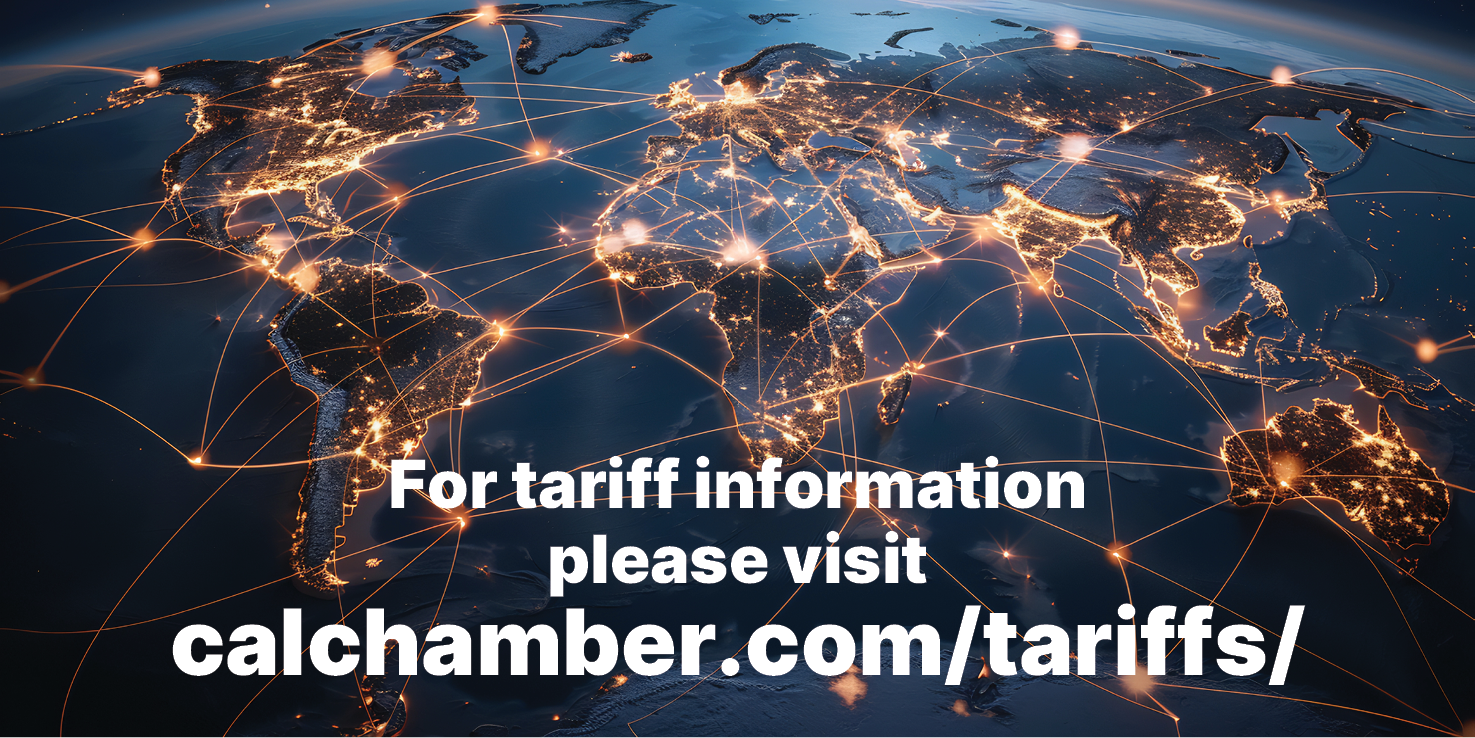
While the details have changed several times, tariffs are key to this administration. As this story was being prepared for publication, August 1 is the expiration date for some countries’ tariff rates and the start of revised tariff rates for other nations.
Of the handful of agreements President Trump has reached with leading U.S. trade partners, only one has been signed.
And it is only presumed that the rates announced in connection with “Liberation Day” on April 2 or the President invoking the International Emergency Economic Powers Act (IEEPA) will snap back on August 1 without a trade deal/executive action adjusting the rate.
Since April 2
On April 2, the President imposed a 10% tariff on all countries, effective April 5, and an individualized higher reciprocal tariff on countries with which the United States has the largest trade deficits, effective April 9.While President Trump’s trade policy announcements continued to create uncertainty, as well as affecting consumer prices, the stock market and consumer confidence, the President paused the tariffs for 90 days — until July 9. He substantially lowered reciprocal tariffs during this period to 10%, yet raised the tariffs charged to China to a total of 145%.
On July 7, the President signed an executive order delaying the expiration date of some tariff rates from July 9 to August 1. He also sent letters to inform some countries about their new reciprocal tariff rates starting August 1.
United Kingdom
The United Kingdom became the first country to secure a landmark (and signed) economic deal with the Trump administration. This will reduce tariffs across a range of sectors, from steel and aluminum to automotives, and cut costs for businesses operating in the UK.
The reciprocal tariff rate of 10%, as originally announced on Liberation Day, is in effect.
The U.S. will agree to an alternative arrangement for the Section 232 tariffs on UK autos. Under the deal, the first 100,000 vehicles imported into the U.S. by UK car manufacturers each year are subject to the reciprocal rate of 10% and any additional vehicles each year are subject to 25% rates.
European Union
With a handshake, the European Union agreed to purchase $750 billion of energy and to invest $600 billion, by 2028.
A 15% tariff rate will also apply to autos, auto parts, pharmaceuticals and semiconductors.
The sectoral tariffs on steel, aluminum, and copper will remain at 50% with no reductions.
The EU has eliminated most tariffs on U.S. goods.
Japan
On July 22, the United States announced a landmark U.S.–Japan Strategic Trade and Investment Agreement aimed at revitalizing American industry and deepening economic ties with Japan. With $550 billion in Japanese-directed investment toward U.S. industrial capacity, new tariff structures, and significant market access gains for American exports, this agreement sets a new benchmark for bilateral cooperation. The deal aligns with national economic priorities and reinforces the strategic partnership between two of the world’s largest economies.
Target sectors include:
• Energy Infrastructure: LNG, advanced fuels, grid modernization.
• Semiconductors: end-to-end manufacturing and research.
• Critical minerals: mining, refining, and processing.
• Pharmaceuticals and medical supplies: domestic production.
• Shipbuilding: commercial and defense facilities.
The U.S. retains 90% of investment profits, benefiting American workers and communities.
A baseline 15% tariff rate will apply to imports from Japan.
Indonesia
The United States announced a landmark reciprocal trade agreement with Indonesia aimed at expanding market access for American exports and eliminating longstanding tariff and non-tariff barriers. The U.S.-Indonesia Agreement on Reciprocal Trade includes major concessions from Indonesia that will benefit American manufacturers, farmers, and digital service providers.
This agreement is part of a broader effort to promote fair and reciprocal trade and address the U.S. trade deficit with Indonesia, which was $17.9 billion in 2024.
• Indonesia will eliminate tariffs on more than 99% of U.S. goods, including agricultural, health, information and communication technology, automotive, and chemical products.
• A reciprocal tariff rate of 19% will apply to Indonesian goods entering the U.S.
India
According to a July 30 announcement, the U.S. will impose a 25% tariff on India beginning August 1. Although there have been five rounds of negotiations, the new rate is only 1 percentage point less than the original amount threatened in April.
The administration states that it is seeking to curb the U.S. trade deficit with India. India imposes some of the highest tariffs of any major economy, with an average rate of around 17%.
Philippines
The United States reached a trade deal with the Philippines on July 22 when President Trump and President Marcos met. Although not officially confirmed by the Marcos government, the Philippines reportedly is going to open the market to the U.S. with zero tariffs. The U.S. will impose a 19% tariff on imports from the Philippines, higher than the 17% “reciprocal” duty imposed on April 2.
Vietnam
Vietnam will pay the U.S. a 20% tariff and 40% tariff on any transshipping. Vietnam will give the U.S. total access with a zero tariff rate.
Brazil
On July 30, President Trump imposed a 50% tariff on Brazilian goods, related to several political disputes.
South Korea
On July 30, President Trump announced a trade deal with South Korea with a 15% tariff rate on goods — down from the 25% set in April. In addition, South Korea pledged to invest $350 billion in the United States and lower tariffs for the U.S. Further, South Korea will purchase $100 billion in energy products and will announce additional investments.
Canada
The U.S.-Canadian negotiations are not completed. President Trump invoked Section 232 of the Trade Expansion Act for Canada’s auto, steel, aluminum and forestry industries. The President also plans to set 50% tariffs on imported copper starting August 1 — with semiconductor and pharmaceutical imports likely to follow.
Mexico
On July 31, the President extended the Mexico tariff deadline for 90 days.
China
The Trump administration also reached a separate understanding with China to temporarily halt an escalating trade war, with a negotiating deadline extended to August 12.
More Incoming
Other regional economies, such as Cambodia and Thailand, are also still hoping to complete a deal.
IEEPA
Customs and tariff revenues have totaled $120 billion since President Trump took office — topping $100 billion in a fiscal year for the first time — and expecting the first June budget surplus in nearly a decade. At this point, nearly 200 days into his second term, President Trump continues to be focused on tariffs as a tool of foreign, economic, and trade policy all in one — and the belief is that tariffs will remain in some form — even if it is just a baseline of 10% or 15%.
At issue is the International Emergency Economic Powers Act (IEEPA) of 1977, which gives the president special authority over economic transactions during a national emergency. Although IEEPA has been used to impose foreign sanctions, Trump is the first president to use the power to impose tariffs. He first declared a national emergency over the fentanyl crisis in the U.S. to impose tariffs on China, Canada and Mexico, then declared that the U.S. trade deficit is a national emergency to justify imposing high tariffs on trading partners around the world.
Pending court cases challenge the President’s authority to invoke IEEPA as a mechanism to authorize tariffs.
CalChamber Position
The California Chamber of Commerce continues to voice concern about tariffs and any other actions that create uncertainty and increase the cost of doing business for California entrepreneurs. The CalChamber has long been committed to supporting a national free trade agenda that fosters economic growth and job creation.
The CalChamber will continue to focus on eliminating tariff and nontariff barriers to support the expansion of American exports. While strategic use of tariffs or the threat of tariffs may be a meaningful negotiation tool, the CalChamber supports efforts to reduce taxation and regulatory burdens as a means to create jobs and economic growth. Further, a focus on trade agreements instead will ultimately lower both tariff and nontariff barriers and help create long-term, sustainable economic growth.
The CalChamber opposes protectionist measures which create uncertainty, disrupt global supply chains, raise consumer prices, limit choices of products for consumers, hinder the competitiveness of California businesses, and invite retaliation.
The CalChamber believes strengthening economic ties and enhancing regulatory cooperation through agreements with our top trading partners that encompass both goods and services, including financial services, is essential to eliminating unnecessary regulatory divergences that may act as a drag on economic growth and job creation.
The CalChamber seeks commercially meaningful outcomes in negotiations with regions around the world and supports bilateral, regional and multilateral trade agreements, which are critical to consumers, workers, businesses, farmers and ranchers, and would allow the United States to compete with other countries that are negotiating agreements with each other.
California’s economy is diverse, and the state’s prosperity is tied to exports and imports of both goods and services by California-based companies, to exports and imports through California’s transportation gateways, and to movement of human and capital resources.
International trade and investment are major parts of our economic engine that broadly benefit businesses, communities, consumers,


